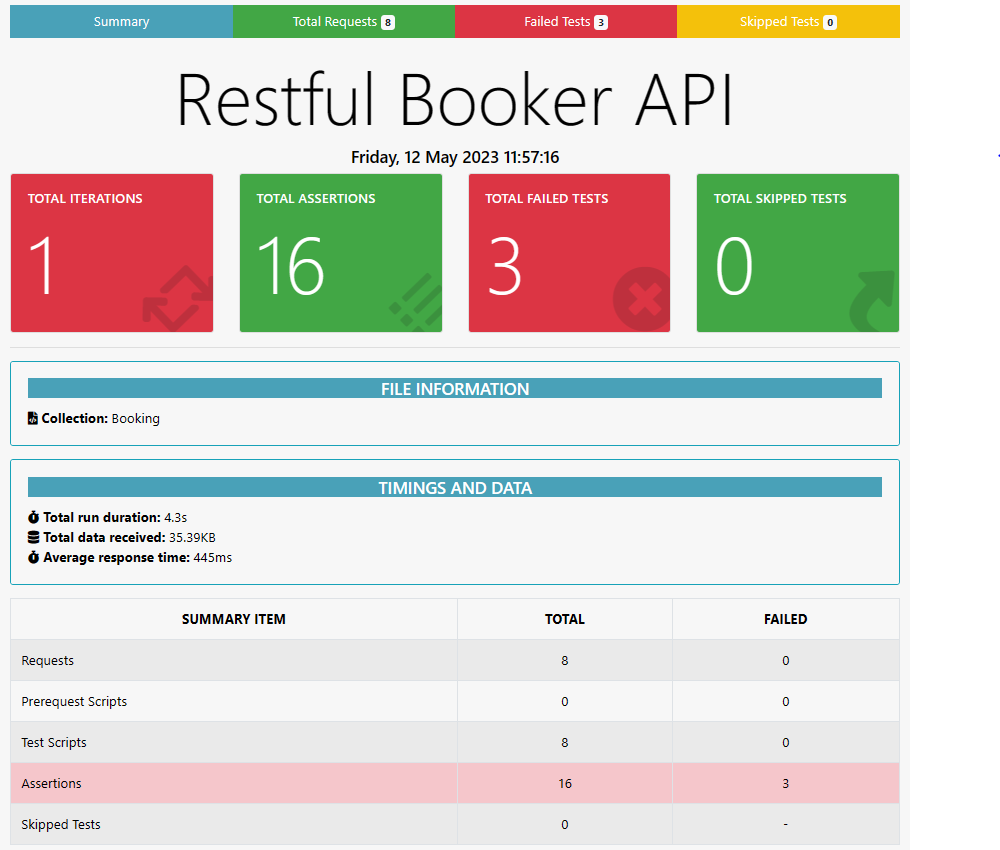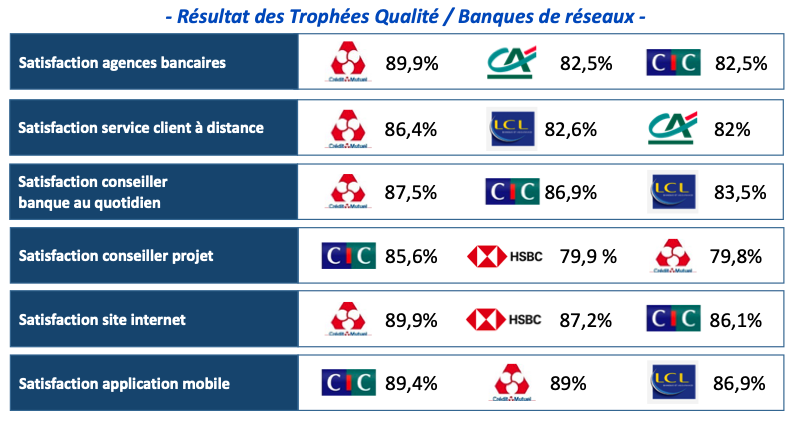Improve API Testing With These Unknown Postman Features

Table of Contents
Mastering Postman Collections for Efficient API Testing
Effective API testing relies heavily on organization. Postman's collection feature is key to achieving this. Let's explore how to leverage it for maximum efficiency.
Organizing Your Tests with Folders and Collections
Efficiently organizing your API requests into folders and collections is paramount for better management and reusability. Think of collections as containers for related API requests, allowing you to group tests logically.
- Benefits of using collections: Improved test suite management, easier navigation, enhanced reusability, better collaboration.
- Creating nested folders: Organize collections further using nested folders for complex API structures, improving clarity and maintainability.
- Importing and exporting collections: Share collections with team members or reuse them across projects by easily importing and exporting them in various formats (JSON). This significantly aids collaboration and reduces redundancy in
API request organization.
This structured approach to Postman collections makes your API testing workflow significantly more manageable, especially when dealing with many requests and endpoints.
Utilizing Collection Variables for Parameterization
Collection variables are a game-changer for dynamic testing. They allow you to define variables once and reuse them across multiple API requests, making your tests adaptable and reusable.
- Defining collection variables: Create variables within your collection to store dynamic values such as API keys, usernames, or environment-specific URLs.
- Accessing variables in requests: Easily access these variables in your API requests using the
{{variableName}}syntax. This allows for easy parameterization, crucial forefficient API testing. - Benefits of parameterization: Reduced code duplication, improved test maintainability, easier testing across different environments (e.g., development, staging, production).
- Example scenarios: Using a single collection variable for different user IDs to test authentication flows or utilizing environment variables to switch between test and production endpoints.
This level of API parameterization in Postman dramatically improves the efficiency and maintainability of your test suites.
Leveraging Collection Runs for Automated Testing
Postman's collection runs feature elevates your API testing to a whole new level by enabling automated testing and reporting.
- Scheduling collection runs: Automate your tests by scheduling collection runs on a recurring basis (daily, weekly, etc.) using the Postman Monitor feature or integrations with CI/CD pipelines. This allows for continuous
API testing. - Monitoring test results: Track the success or failure of your tests over time, providing valuable insights into API stability and performance. This is crucial for proactive problem identification and improved software quality.
- Integrating with CI/CD pipelines: Seamlessly integrate your automated tests into your Continuous Integration/Continuous Delivery (CI/CD) pipelines for automated testing as part of your build process. This ensures consistent and reliable
test automation. - Generating reports: Generate detailed reports showcasing test results, providing clear insights into the overall health and performance of your APIs. This facilitates better communication and issue tracking within your development team.
Integrating Postman collection runs into your workflow enables robust automated API testing and continuous monitoring.
Advanced Postman Features for Enhanced Testing
Beyond the basics, Postman offers advanced features that can significantly enhance the power and efficiency of your tests.
Harnessing the Power of Pre-request Scripts
Pre-request scripts allow you to execute JavaScript code before sending an API request. This enables dynamic data manipulation and request generation.
- Example scripts (JavaScript snippets): Use JavaScript to generate random data, transform existing data, or perform complex calculations before the API call. This allows for the creation of more realistic and varied test cases.
- Using pre-request scripts for data setup: Prepare data for your API request dynamically, ensuring your tests use up-to-date and relevant information. This is particularly useful for testing scenarios that require dynamic data input.
- Dynamic authentication: Use pre-request scripts for generating and managing authentication tokens, improving test security and reliability. This allows for dynamic authentication based on different user roles or permissions.
Mastering Postman pre-request scripts is crucial for creating advanced and realistic automated tests.
Utilizing Postman's Test Scripting Capabilities
Postman's built-in testing capabilities allow you to write robust tests using JavaScript. This ensures comprehensive validation of API responses.
- Assertions: Write assertions to verify specific aspects of the API response, such as status codes, response bodies, and headers. This allows for accurate validation of API behavior.
- Test examples: Organize your tests into examples to easily test various scenarios and input parameters. This promotes test coverage and maintainability.
- Handling different response codes: Implement error handling for different response codes to manage unexpected outcomes gracefully.
- Using Chai.js assertions: Leverage Chai.js, a popular assertion library, to write more expressive and readable tests. This improves code clarity and maintainability of your
Postman tests.
Effective use of Postman test scripting ensures thorough validation of your API responses.
Exploring Postman Monitors for Continuous API Monitoring
Postman Monitors enable continuous monitoring of your APIs, allowing for proactive issue detection.
- Setting up monitors: Easily configure monitors to run your API tests on a schedule and receive alerts based on test results. This ensures continuous monitoring of your APIs.
- Receiving alerts: Receive notifications via email or other channels when test failures occur, allowing for quick identification and resolution of issues. This supports proactive issue management.
- Monitoring API performance: Track API performance metrics such as response times and error rates, providing valuable insights into overall API health. This allows for performance monitoring and improvement.
- Benefits of continuous monitoring: Identify issues proactively, improve API reliability, and enhance overall system stability.
Implementing Postman monitors provides essential API performance monitoring and allows for proactive issue detection.
Optimizing Your Workflow with Postman Workspaces
Postman Workspaces are essential for effective team collaboration.
Collaborating Effectively using Postman Workspaces
Workspaces allow team members to collaborate effectively on API tests.
- Sharing collections: Share collections, environments, and tests easily within the workspace, improving teamwork and consistency. This simplifies collaborative
API testing. - Collaborating on tests: Work concurrently on tests, review each other's work, and maintain a consistent testing approach.
- Managing permissions: Control access to workspaces and their content, ensuring data security and team alignment. This ensures collaborative security in your
API collaboration tools. - Benefits of teamwork: Faster development cycles, improved code quality, better knowledge sharing, and reduced testing time.
Utilizing Postman workspaces is crucial for efficient team collaboration in API testing.
Conclusion
This article explored several lesser-known Postman features that can significantly enhance your API testing process. By mastering collections, utilizing advanced scripting capabilities, and leveraging workspaces, you can achieve more efficient, robust, and collaborative API testing.
Ready to elevate your API testing skills? Start exploring these powerful, yet often overlooked, Postman features today and experience the difference in your API testing workflow. Mastering these tools will unlock significant improvements in your API testing efficiency.

Featured Posts
-
 Ubers April Surge Double Digit Rally Explained
May 19, 2025
Ubers April Surge Double Digit Rally Explained
May 19, 2025 -
 Rylan Clark Confirmed For Cinderella Pantomime At Cliffs Pavilion
May 19, 2025
Rylan Clark Confirmed For Cinderella Pantomime At Cliffs Pavilion
May 19, 2025 -
 Libraries Under Threat Staff Cuts And Service Reductions
May 19, 2025
Libraries Under Threat Staff Cuts And Service Reductions
May 19, 2025 -
 Le T4 2024 De Credit Mutuel Am Decryptage Des Performances Financieres
May 19, 2025
Le T4 2024 De Credit Mutuel Am Decryptage Des Performances Financieres
May 19, 2025 -
 Orlando 2025 Tourism Event Photo Highlights From The Orlando Sentinel
May 19, 2025
Orlando 2025 Tourism Event Photo Highlights From The Orlando Sentinel
May 19, 2025
